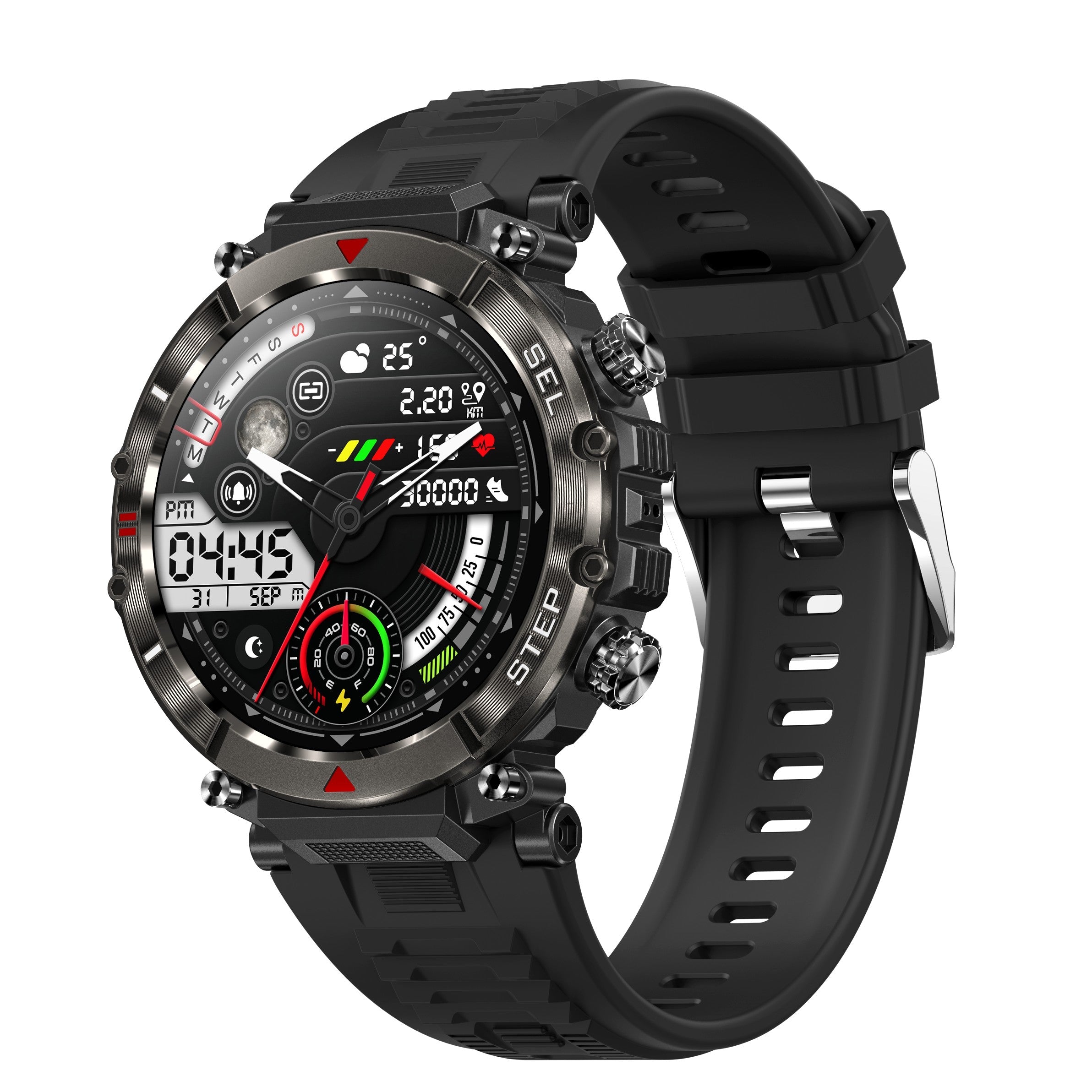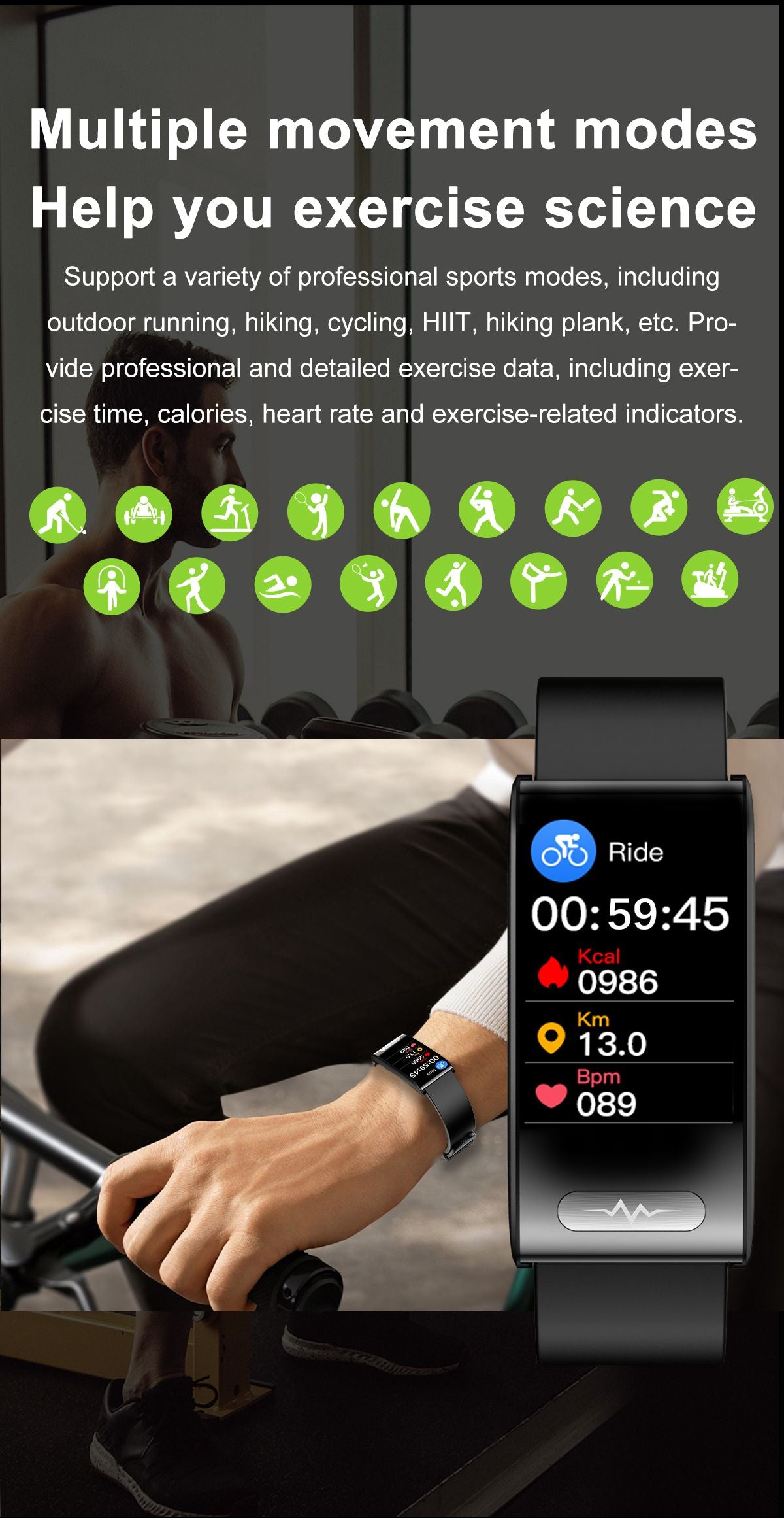Active Recovery: The Secret to Effective Post-Workout Healing
Many of us have heard of recovery days where you take it easy, rest, and allow your muscles to heal after a strenuous workout. But have you ever heard of active recovery? It’s a type of recovery that involves low-intensity exercise to help your body recover from a high-intensity workout.
In this article, we’ll explore what active recovery is and why it’s so beneficial for your body.
What is Active Recovery?
Active recovery is a type of recovery session that involves light exercise to increase blood flow, stretch muscles, and promote healing. The goal is to keep moving without placing too much stress on your body.
Why is Active Recovery Good for You?
-
Promotes Blood Flow: Active recovery encourages blood flow to your muscles, delivering much-needed nutrients and oxygen to help them repair and grow.
-
Flushes Out Toxins: By keeping your body moving, you can help flush out toxins and waste products, such as lactic acid, from your muscles.
-
Increases Flexibility: Light stretching during active recovery can improve flexibility and reduce muscle soreness.
-
Aids in Muscle Recovery: Active recovery can help your muscles recover faster and more efficiently, allowing you to return to your workouts feeling refreshed and ready to go.
-
Reduces Delayed Onset Muscle Soreness (DOMS): By encouraging blood flow and stretching, active recovery can reduce the severity of DOMS, the muscle pain and stiffness that often occurs 24-72 hours after exercise.
-
Improves Mood: Exercise releases endorphins, which can improve your mood and help you feel more energized.
Types of Active Recovery
There are many ways to incorporate active recovery into your routine, including:
-
Walking or Light Jogging: A leisurely walk or light jog can help increase blood flow and promote recovery.
-
Swimming: Swimming is a low-impact exercise that can help you recover from intense workouts. It can also provide a good full-body workout.
-
Yoga or Stretching: Yoga and stretching can help improve flexibility, reduce muscle tension, and promote relaxation.
-
Cycling: Cycling is a low-impact exercise that can help improve blood flow and reduce muscle soreness.
How to Incorporate Active Recovery
Here are some tips to help you incorporate active recovery into your routine:
-
Plan Ahead: Schedule active recovery days into your workout routine to ensure you have time to recover.
-
Listen to Your Body: Pay attention to how your body feels during and after exercise. If something doesn’t feel right, take a break.
-
Stay Hydrated: Drink plenty of water to help your body flush out toxins and keep your muscles hydrated.
-
Get Enough Sleep: Aim for 7-9 hours of sleep per night to ensure your body has enough time to recover.
-
Eat a Balanced Diet: Eating a balanced diet rich in nutrients can help support your body’s recovery process.
In conclusion, active recovery is a valuable tool for athletes and fitness enthusiasts alike. By incorporating low-intensity exercise into your routine, you can promote muscle recovery, reduce muscle soreness, and improve overall performance. So, the next time you finish a tough workout, consider adding a little active recovery to your routine—you’ll be glad you did!
As for your physical performance during exercise, BP Doctor Smartwatch can help you record it one by one, including steps, calories, heart rate, blood pressure, etc. It is a very practical sports smart device that allows you to exercise with more confidence.










